Nintendo has been a video game giant since the early 1980s. For about 15 years, big-budget Nintendo games cost $60. In fact, that was the standard game price across the industry. Meanwhile, Nintendo’s consoles are generally cheaper than most competing gaming systems, such as the Xbox and the PlayStation. Its consoles have never cost more than $300…until now.
At $450, the Switch 2 is Nintendo’s priciest console. And Mario Kart World is priced at $80 — the most expensive base game Nintendo has ever released. Some fans are outraged by the price increase. But some industry analysts say that it’s time for games to be more expensive, considering the rising costs of game development and inflation, among other factors.
So, why is Nintendo suddenly so expensive? And what does an $80 game mean for Nintendo and the entire video game industry?






 Your new post is loading...
Your new post is loading...


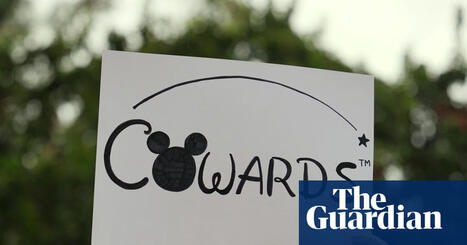


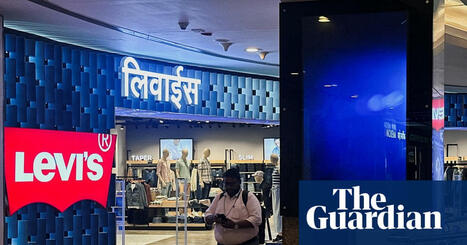





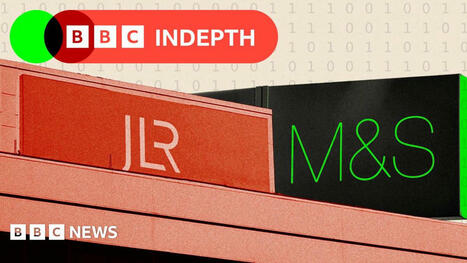




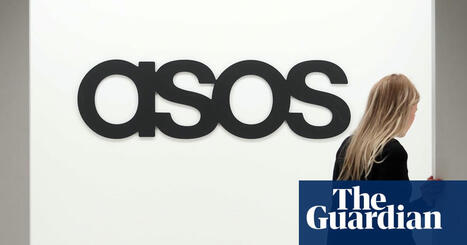


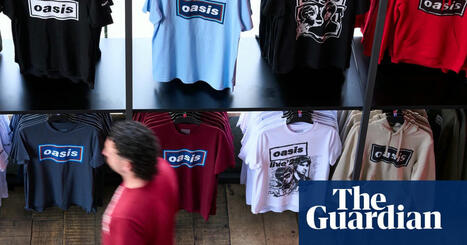







Another lovely example of product development - and an application of the Ansoff Matrix, as Starbucks have launched a new range of products, olive oil infused coffees, initially in the Italian market.
Starbucks only has 20 stores in Italy, an economy with a cafe culture based on independent, family-owned cafes, and has found it difficult to establish itself.